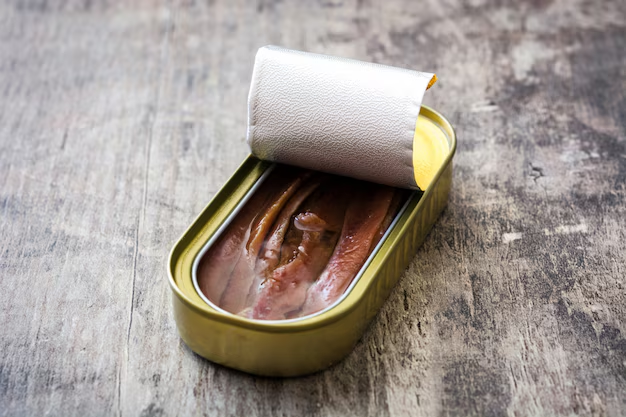Is Tuna a Diabetic’s Friend? Here’s What You Need to Know
Managing diabetes effectively often hinges on making wise dietary choices. If you’re wondering whether tuna is a good option for diabetics, the answer is a resounding yes! However, understanding why tuna is beneficial and how it fits into a diabetic-friendly diet can empower you to make better meal choices.
Why Tuna is Excellent for Diabetics
Low Carbohydrate Content: Tuna is a high-protein, low-carb food, making it ideal for keeping blood sugar levels stable. Carbohydrates significantly impact blood sugar, so foods low in carbs are generally preferred.
Rich in Omega-3 Fatty Acids: Tuna contains omega-3 fatty acids, which have anti-inflammatory properties and can help improve heart health — a crucial consideration since diabetics are at a higher risk for cardiovascular disease.
Packed with Protein: The high protein content in tuna not only helps in managing weight but also promotes a feeling of fullness, thereby reducing the likelihood of overeating.
Good Source of Vitamin D and Selenium: These nutrients are essential for overall health. Vitamin D may influence diabetes management by helping regulate insulin, while selenium acts as an antioxidant, protecting cells from damage.
Tips for Including Tuna in Your Diet
- Opt for Fresh or Frozen Tuna: Freshness matters. When possible, choose fresh or frozen tuna over canned options, which might contain added sodium.
- Limit Additives: If you prefer canned tuna, pick the one packed in water rather than oil and with no added salt.
- Combine with Veggies: Pairing tuna with a salad can be a delightful, low-calorie meal full of fiber, which helps manage blood sugar levels.
- Watch Your Portions: Even healthy foods can affect your diet plan if consumed in large quantities, so be mindful of your portion sizes.
Understanding dietary choices is just one part of managing diabetes effectively. Financial constraints and the high cost of healthcare can sometimes impede access to quality diabetic care and healthy foods. Here are some resources that can help you manage these challenges:
Government Assistance Programs: Medicaid and Medicare offer benefits tailored to individuals with diabetes. Programs can cover the costs of medication, insulin, and diet-related expenses.
Non-profit Support: Organizations like the American Diabetes Association provide resources and information on managing diabetes, including potential avenues for financial support.
Community Food Programs: Many localities offer food banks or community-sponsored agriculture programs that diabetics can utilize for healthier food options.
Financial Assistance Solutions:
- Evaluate your current debt relief options and look for programs dedicated to lowering medical costs.
- Consider speaking with a financial advisor for credit card solutions that provide favorable terms for managing healthcare costs.
Education grants or programs can also lead to improved financial stability, allowing for better management of health needs in the long term. Here’s a quick guide to explore these options:
🩺 Healthcare Aid:
- Medicaid & Medicare
- Prescription Assistance Programs
🍎 Food Assistance:
- SNAP (Supplemental Nutrition Assistance Program)
- Local Food Banks & Community Agriculture Programs
💰 Financial Support:
- Medical Debt Relief Options
- Credit Card Solutions for Healthcare
🎓 Educational Opportunities:
- Educational Grants focused on Health & Nutrition
- Scholarships for Healthcare-Related Fields
Choosing foods that support your health while exploring support systems to manage both diabetic and financial challenges can set you on a path to better overall wellbeing. Tuna is just one step towards a healthier lifestyle, and with these added resources, managing diabetes becomes a more achievable goal.
